On February 24, PBI-Honduras tweeted: “PBI accompanies @CntcTegucigalpa during a meeting with members of the peasant base of La Unión (Santa Bárbara). We highlight the tireless work of the community in protecting its river from contamination that, according to the community, is caused by a sugar company.”

On Facebook, PBI-Honduras adds: “We express our concern about the risks that pollution poses to the health of the population of the rural bases in the Chumbagua sector.”

The United States is one of the largest importers of Honduran sugar.
The sugar industry is represented by the Honduran Sugar Producers Association (APAH). Six sugar mills are members of APAH, but only five are currently operational.
Sugarcane production often pollutes freshwater ecosystems with silt and fertilizers washed from farms, as well as plant matter and chemical sludge from mills.
The waste generated from a sugar factory is mostly organic matter with small quantities of inorganic material. Pollutants include wastewater, bagasse (dry pulpy residue left after the extraction of juice from sugar cane), pressmud (waste produced from the filtration of the cane juice) and molasses (the viscous substance produced from refining sugarcane into sugar).
One way in which industrial effluent can pollute rivers, streams and lakes is by increasing the amount of organic matter in the water. Decomposition of this matter in the water requires a lot of oxygen which chokes the water body by reducing the natural presence of oxygen.
It can also take 213 gallons of water to produce 1 pound of refined cane sugar. That’s almost nine gallons per teaspoon.
PBI-Honduras began accompanying the National Union of Rural Workers (CNTC) in May 2018.


